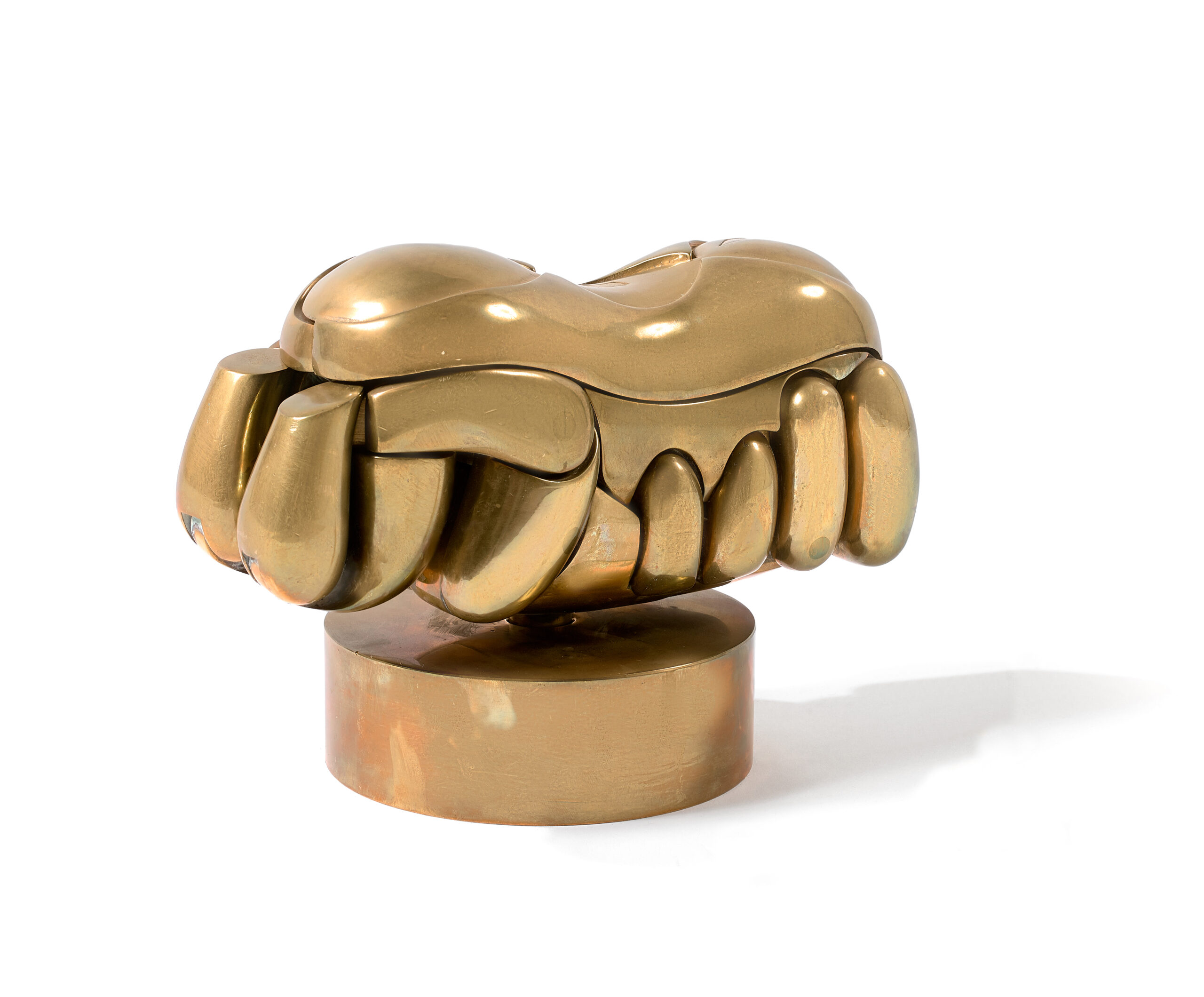Description
Miguel Ortiz Berrocal was born in Algaidas (Province of Malaga) in 1933. He first studied mathematics and chemistry in Madrid, then architecture. He was a student of the sculptor Angel Ferrant. He followed freely courses to the Beaux-Arts of San Fernando, studied both to the “Ecole des Arts et Metiers” and to the Graphic Arts Institut. Berrocal got Spanish and French scholarships. He quickly took part in numerous collectives exhibitions, in Paris (Salon de Mai, Salon of the young Sculpture, FIAC, etc.), and also in Italy and many countries in Europe.
In 1958, took place his first personnal exhibition in Rome. He gained the first prize of sculpture to the “Biennale des Jeunes de Paris” in 1966. Berrocal was also famous for the way he had to organize himself his exhibitions. He promoted himself his work: for example, he created dummies of his exhibition books. At this time Miguel Berrocal began to impose himself in the art of Multiple work. Thus, he set his own foundry, he opened to many European artists. He added a printing department to his foundry. The artist brought the sculpture in the “market” of Multiple.
From 1955 to 1958, the artist produced welded metal works. In 1958, he developed a new concept: the overlapping of pieces, fitted together to create the final work. He became master of this technique in the early 60’s. The artist achieved success. He took inspiration in antiquity and in Baroque art with his numerous “mutilated victories” or “warriors torsos”, but also in modern art with overlapped forms he fitted together.
Miguel Berrocal died in the beginning of 2006.

